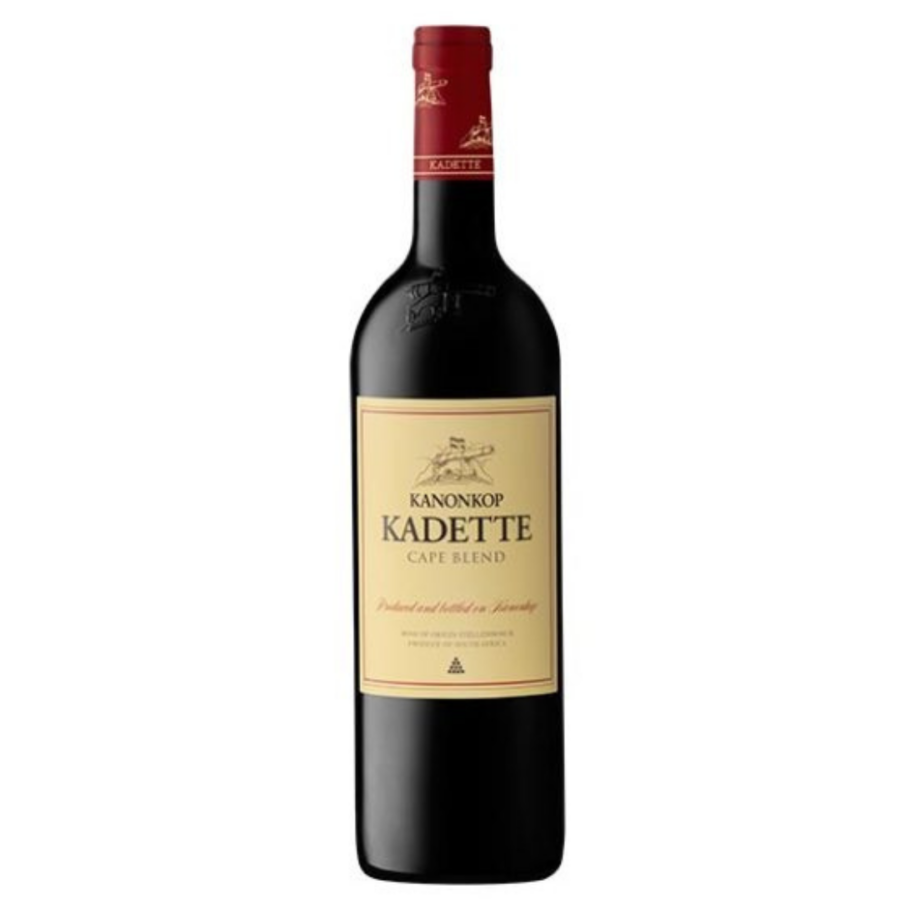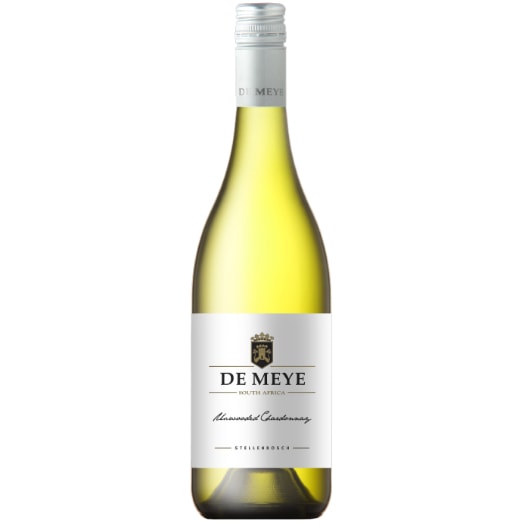More Information
Specifications
In the cellar
The grapes are left on the vines to dry naturally to 30Ëš Balling (Brix). Small batches are whole bunch pressed and the juice is left to settle overnight. After settling the juice is put into 225L French oak barrels for fermentation. Fermentation is stopped at the right alcohol and sugar levels and the wine is then left in barrel to mature for 9 months.
In the vineyard
Block Name(s): Plankie [Chenin Blanc], Big Oak [Weisser
Riesling] & Plankie [Muscat d' Frontignon]
Block Size: 4,53 ha / 0,39 ha / 4,57 ha
Block Planted: 1988 / 2007 / 1988
Trellis System: VSP (vertical shoot positioning)
Soil: Oakleaf Proï€le (mainly decomposed granite and clay)
Slope: South-West facing
Hight Above Sea Level: between 220 – 400m
Ageing
9 months in 225L French oak barrels.
Cultivar
24% Muscat d' Frontignon, 38% Chenin Blanc, 38% Weisser Riesling
Awards and Recognition
94 Points Tim Atkin
About the Wine Estate
Delheim is a family owned wine farm situated on the slopes of the Simonsberg mountains in Stellenbosch. Celebrating 80 years of sustainable farming and winemaking practices. Delheim is owned by the Sperling family. The late Michael Hans “Spatz” Sperling, was the Patriarch and also a South African wine industry legend. His wife Vera still resides on the farm. Eldest son Victor Sperling and eldest daughter Nora Sperling-Thiel serve as Directors of the company and live on the farm with their families. The other two children, Maria and Nicholas, live in Europe. The Simonsberg is named after the first Governor of the Cape, Simon van der Stel, after which Stellenbosch is also named. In 1699, he granted the freehold of this piece of land to Lourenz Kamfer, a German. It was originally named De Driesprong. The farm had various owners until Mr Hans Otto Hoheisen bought it in 1938 as a retirement home for himself and his wife Deli. DELHEIM comes from the German for “Deli’s home”. Initially they only planted citrus trees, which are not really suited to Delheim because of the wind conditions – they sustained much wind damage. German friends suggested that they grow vineyards and two years later Hans Otto planted the first grape vines. The concrete tanks in the cellar were completed in 1944 by Italian prisoners-of-war. During one of Deli’s visits to friends and family in Germany, she mentioned to her nephew that they needed help on their wine farm in South Africa. This was just after the Second World War and he couldn’t see any future in Germany, so he decided to join them. This was Michael “Spatz” Sperling (Sperling is the German word for “sparrow” and Spatz means “baby sparrow”), who arrived in 1951 on the ship Winchester Castle with nothing more than £10 in his pocket. He soon took a keen interest in the few vineyards Hans Otto had planted. He knew nothing about winemaking and there were no books or winemaking schools in South Africa at that time, so he taught himself through a process of trial and error and with some help from neighbours and visiting German winemakers. Spatz began winning numerous awards and having established himself as a serious winemaker, he embarked on a series of pioneering initiatives in the South African wine industry in the decades that followed, for example creating the first “wine route” in 1971. The Stellenbosch Wine Route then had only three members and today it boasts more than 200: there are also 18 other wine routes in South Africa. In 1971, the company bought another property up the road from Delheim. With its warmer, drier climate and sandier soils it is better suited to growing super reds. This property is called Delvera in honor of Spatz’s wife, Vera. The vineyards there are called Vera Cruz – Cruz meaning “cross”, allegedly for the cross Vera has had to bear during her long marriage to Spatz!




